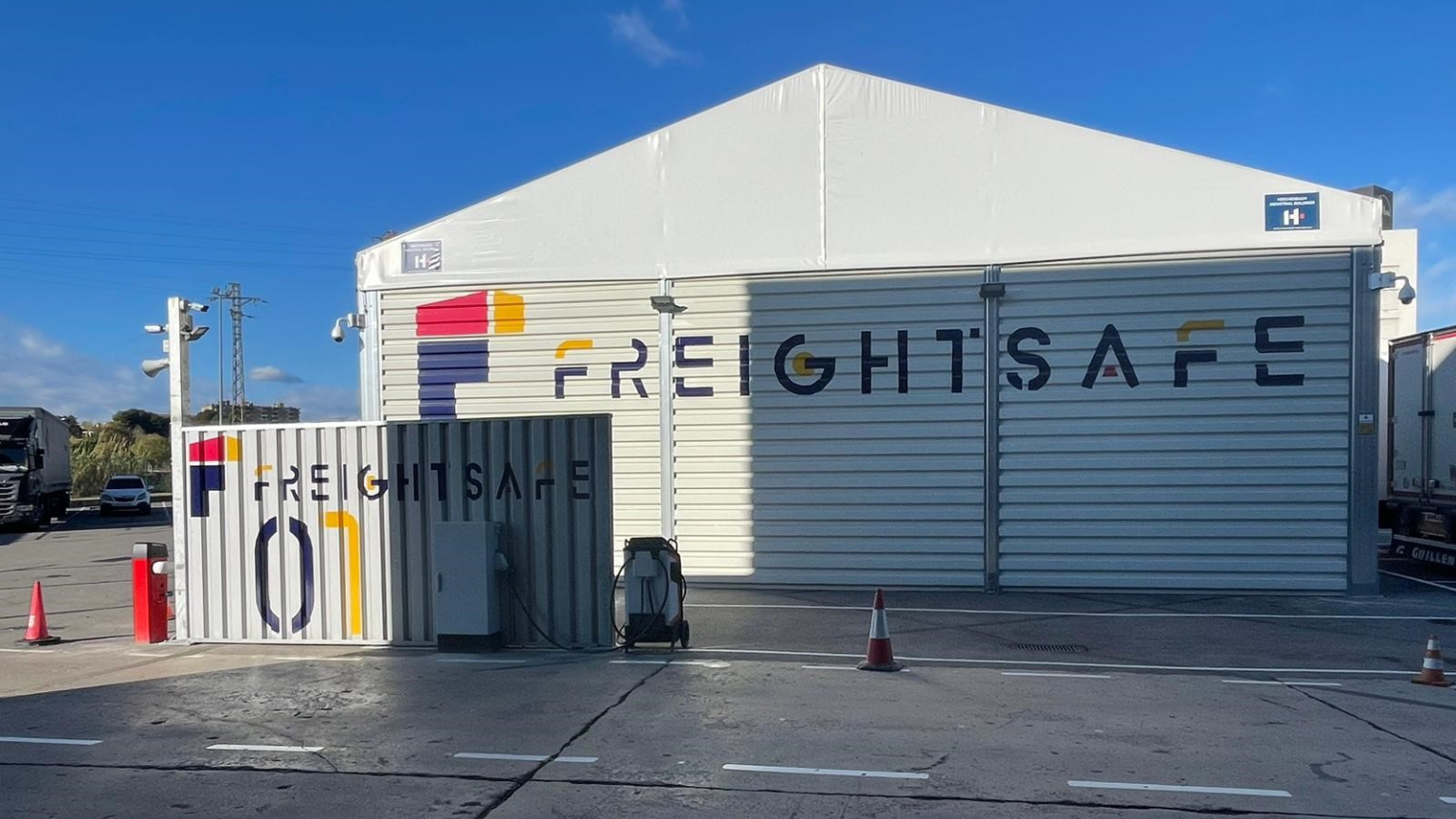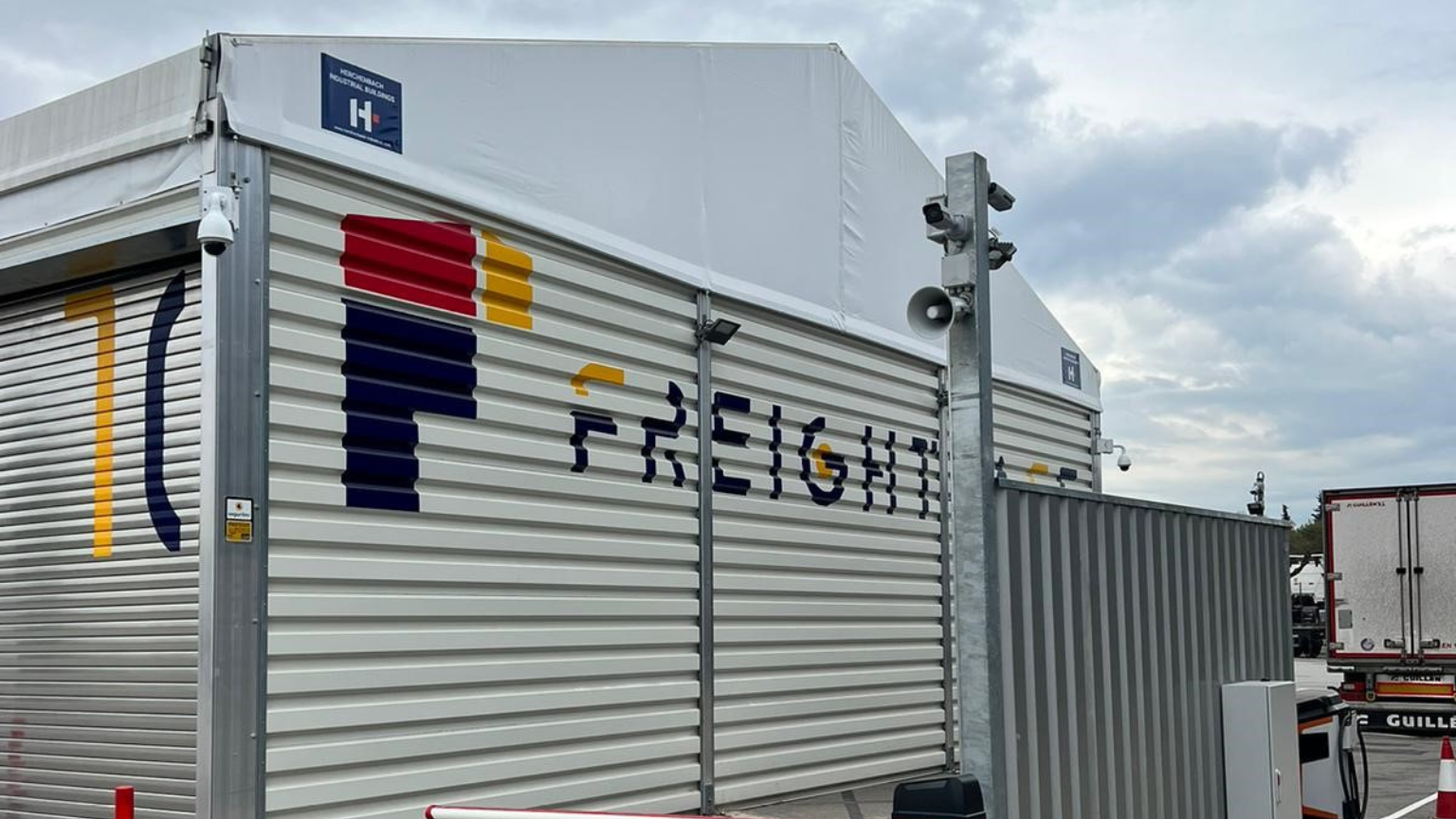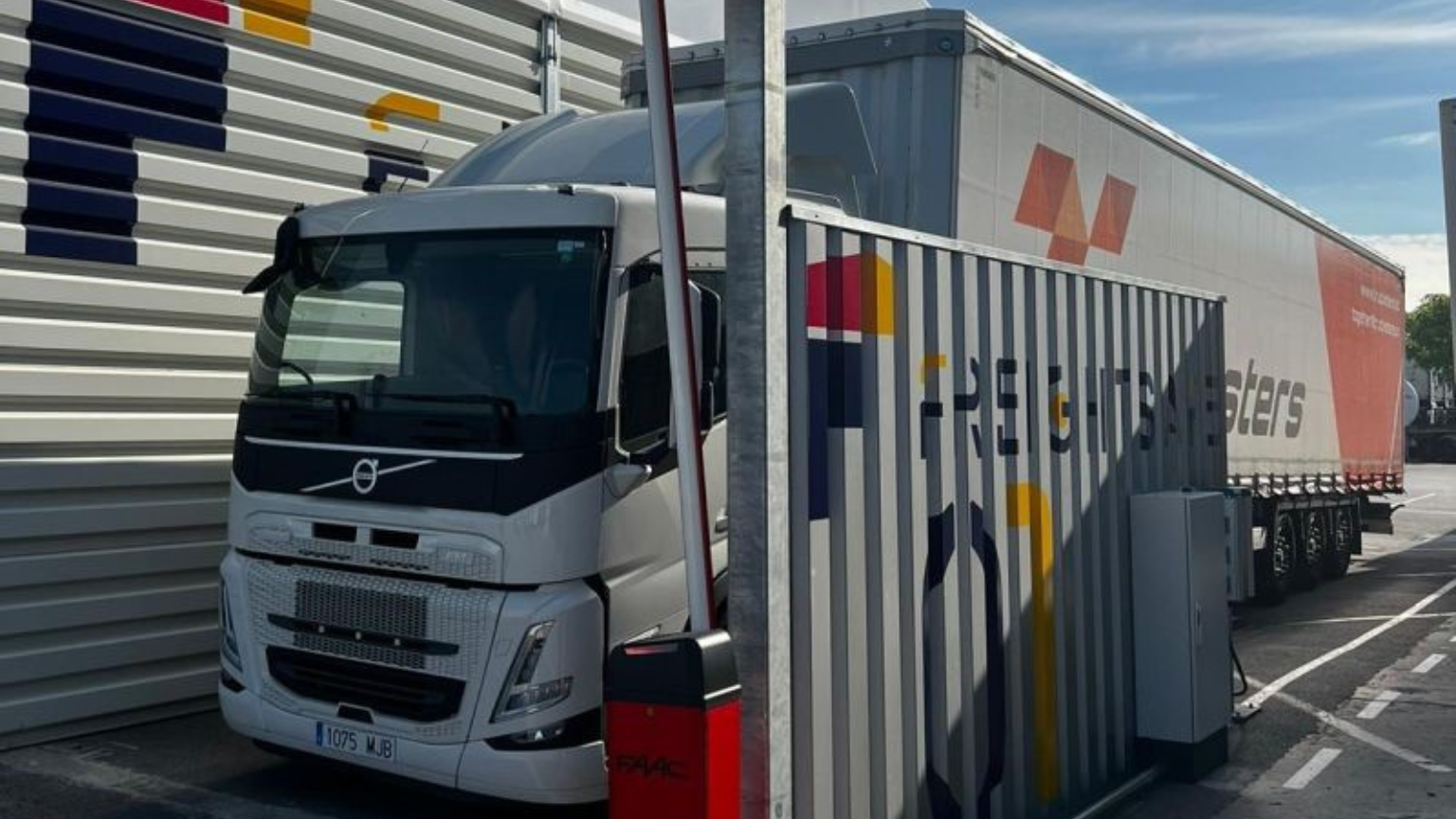The trucking industry is facing a chronic shortage of drivers. We asked Freightsafe’s Head of Business Development, Sholto Millar, what can be done to improve the working conditions of long-haul truck drivers.
IRU’s latest driver shortage survey found that over three million truck driver positions are currently unfilled in 36 countries, a grim figure which is projected to double by 2028 without significant action.
The report also features best practices and measures to make the profession more accessible and attractive.
Here’s how IRU member Freightsafe is working to improve truck drivers’ working conditions.
What are the key challenges linked to driver shortages?
With an ageing driver population, the problem of driver shortages has steadily worsened over the past 20 years. Today, the average age of a driver is 47 years old in Europe. The profession is struggling to attract enough new drivers to meet demand for road freight services.
The severe lack of safe and secure parking conditions is one issue holding back the profession. Addressing this critical issue has been at the heart of our work.
But we’re increasingly realising that the time spent away from home, family and friends while conducting long-haul operations is another reason why young people are less tempted to take up the profession.
For prospective drivers, especially younger ones, this has been a significant barrier, as the demand for spending weeks away from home can hamper one's social life.
Unfortunately, fewer drivers joining the long-haul industry means higher workloads for those already in function. We need to improve their working conditions as much as possible.
What solution is Freightsafe providing?
Freightsafe designs, builds and operates modular truck parking and charging areas, using the concept of the “sharing economy”.
All our parking areas are built by repurposing existing truck-related real estate (such as depots, repair centres and ports). We install truck parking infrastructure connected to the Bosch Secure Truck Parking reservation platform. This infrastructure has both physical and digital access control solutions, allowing users to guarantee their space with a physical barrier linked to their digital reservation.
After Sweden, Germany and Spain, we will soon launch our sixth site near Nürnberg, Germany, with plans for our first Italian site later this year.
All Freightsafe sites are designed to be retrofittable with chargers for electric vehicles, supporting the transition towards electrification and the future of trucking.
How does it work?
Freightsafe operates primarily on a customer-led approach, leveraging the power of the sharing economy to locate sites in a chosen area. The host of a Freightsafe Park & Charge hub receives a monthly payment in exchange for the space they’ve used. This creates a “site within a site” in which they are not required to invest, operate or take liability for any aspects. Users can sign long-term contracts for guaranteed use of the site.
Alternatively, the site can be operated as a public pay-as-you-park system, where trucks reserve their space ahead of time. The dispatcher makes a reservation on the Bosch platform and is sent the pre-set access control medium for the site (ANPR cameras, QR codes, RFID cards or a web link) to open the gate. Once the driver arrives at the site, they use the chosen medium and can access their individual parking (and charging) space. Once rested, the driver simply leaves and the user is invoiced monthly.
What is the new “trailer drop and swap” operating model?
The “trailer drop and swap” model is built on the concept of relays like the Pony Express of the 1800s.
Rather than driving multi-day routes across Europe, drivers operate their trucks on a single route within a larger relay network.



